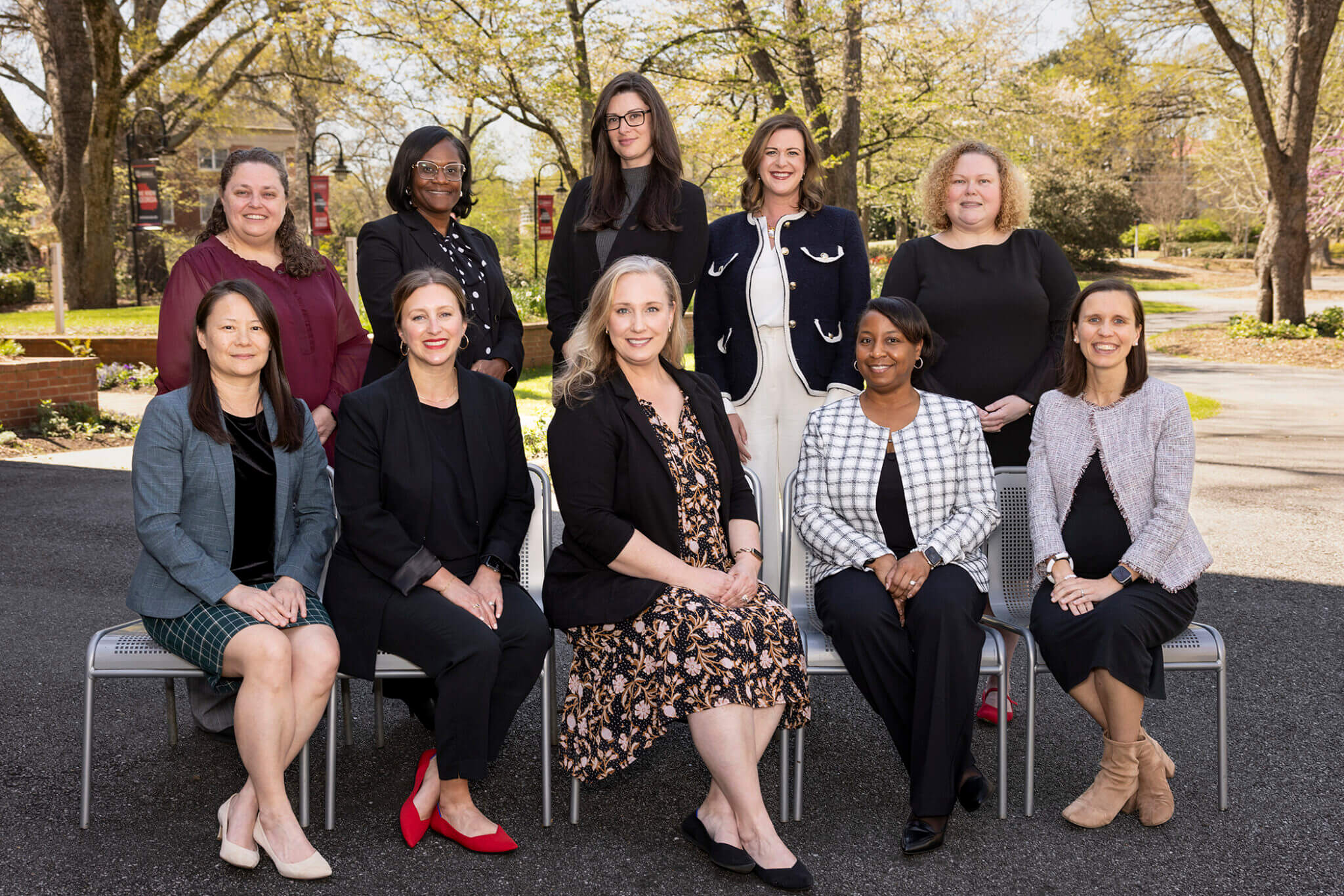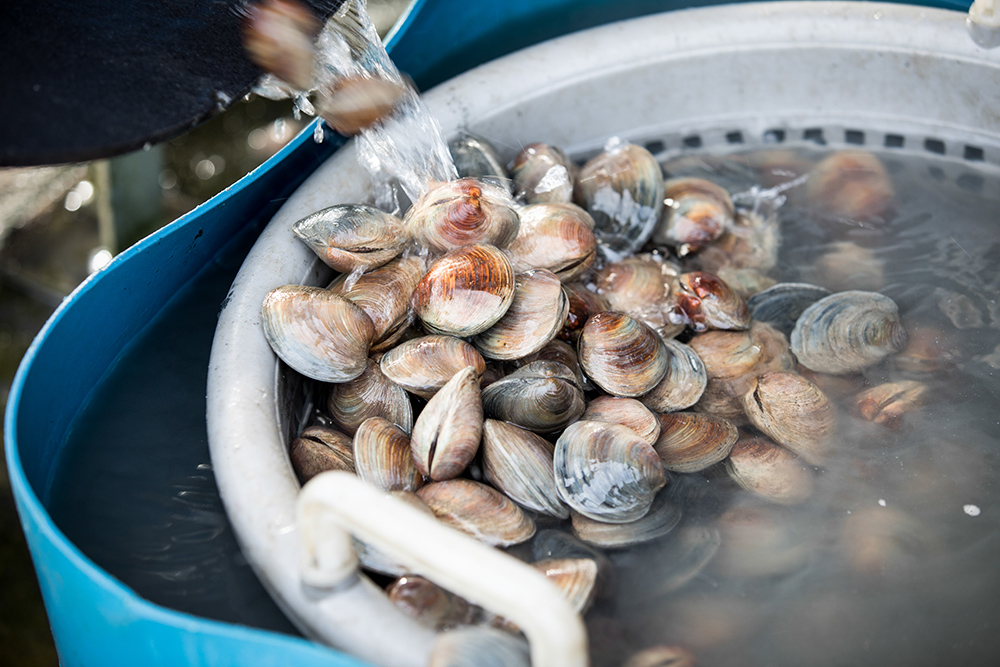By George Boyhan
University of Georgia
In south Georgia, unfortunately, most of these pumpkins will have to be imported from other regions. That limits the supply shoppers will be able to find. This may change, however, in the near future.
Most pumpkins are highly susceptible to diseases, particularly insect-transmitted viruses. This has left farmers unable to grow pumpkins on a large scale in south Georgia. During late summer and early fall, populations of the insects that transmit these viruses are at their peak. They almost guarantee that pumpkins will be infected.
University of Georgia researchers, though, have been working for years to develop a pumpkin with increased tolerance to viral diseases.
Brazil beginnings
This new pumpkin is from a related species to regular pumpkin, but with increased virus resistance. The seed for the new variety originally came from Brazil. Over years, the scientists made selections from these original seed for a jack-o'-lantern shape with a bright orange rind.We've been testing the new variety against standard commercial pumpkins with favorable results. It has consistently tested with lower levels of disease and consistently produces fruit during late summer and early fall, when disease pressure is at its highest.
This new pumpkin won't be available for this Halloween. But we hope to have it available for Georgia's growers for the 2006 season.
When we do, this new pumpkin will be a win-win situation for south Georgia. It will be a new crop for growers and a new source of income. For the rest of us, it will be a great local product for decorating, cooking and carving.
(George Boyhan is a Cooperative Extension horticulturist with the University of Georgia College of Agricultural and Environmental Sciences.)






